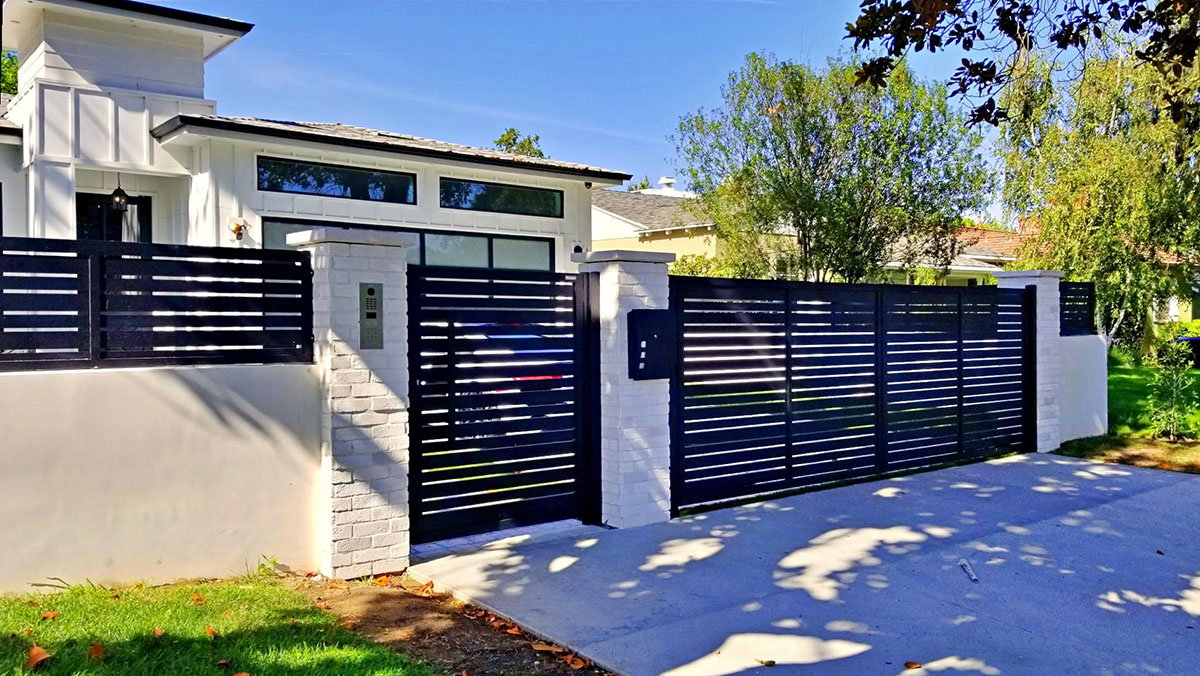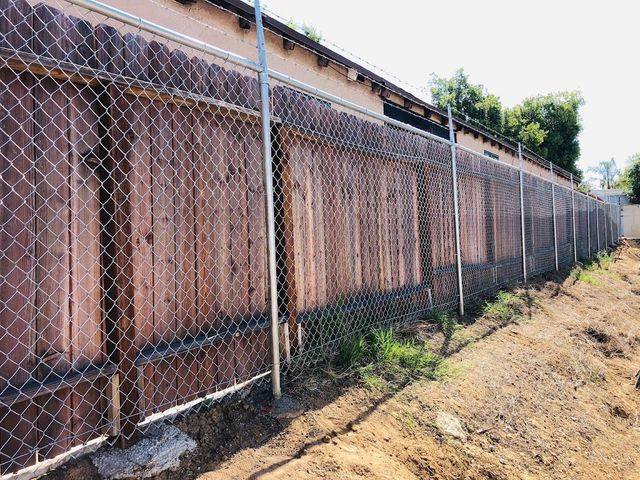Featured

A fencing is a valuable enhancement to any kind of property, supplying protection, personal privacy, and enhancing the overall aesthetic appeal of your home or company. However, like any type of outdoor framework, a fence will normally wear down over time as a result of direct exposure to the elements, mishaps, or simply age. Identifying the indications that your fence needs to be changed can aid you stay clear of further damage and keep the security and look of your residential or commercial property. Below are some crucial signs that it's time to change your fencing.

- Visible Damages or Degeneration
Among one of the most noticeable indicators that your fence requires to be changed shows up damages. Whether it's from weathering, crashes, or pests, any type of significant splits, splintering, or missing out on boards can significantly reduce the architectural stability of your fencing. Changing the entire fence might be more affordable in the lengthy run. if the damages is comprehensive and goes beyond simply a few fixings.
- Leaning or Sagging
A drooping or leaning fencing is a clear indication of an issue. With time, the posts and rails can move due to dampness, decomposing, or poor installment. If your fencing is no much longer standing straight or leaning at an angle, it's a good indication that the foundation is jeopardized, which might require a full substitute. Even if the fencing seems leaning a little, maybe an indication of underlying structural problems that could intensify with time.
- Decaying or Worn Out Timber

Wood fences are particularly vulnerable to rot and decay, especially in areas that experience high degrees of dampness or humidity. If you see that components of your wooden fence are soft, tarnished, or have noticeable mold, these are all indicators of rot.
- Corrosion and Deterioration (For Metal Fencings)
If you have a steel deterioration, rust and fencing are common indicators of wear and tear. If you notice any type of considerable weakening or large areas of corrosion, it may be time to take into consideration changing your metal fencing.
- Fence No Longer Meets Your Demands
An additional factor to change your fencing could be that it no much longer serves its desired objective. In time, your demands may alter-- probably you need a higher fence for more personal privacy or a stronger one for increased safety and security. If your fencing no more meets your requirements or doesn't align with your current choices, it might be time to upgrade to a brand-new, much more functional layout.
- Fading and Discoloration
While fading and discoloration are usually cosmetic concerns, they can still show that your fence is maturing. Exposure to UV rays and harsh weather can cause fencings to shed their initial shade, making them look plain and worn. If the fading is substantial and you've currently tried cleaning up and staining the fence, it might be time to change it to restore the look of your property.
- Regular Repair Work
If you discover on your own continuously fixing your fence, it could be an indicator that the fencing is nearing completion of its lifespan. While small fixings can extend the life of a fencing, constant fixes might indicate that the framework is no more secure. In this situation, it might be extra cost-effective to change the entire fence instead of remaining to spend in repair work.
Final Thought
Replacing a fence is a considerable investment, however it is essential for preserving the security, privacy, and curb charm of your residential or commercial property. If your fence is revealing indicators of damages, rot, leaning, or various other architectural issues, it's critical to analyze whether a replacement is necessary. By recognizing these indication at an early stage, you can make enlightened decisions about when to change your fencing, ensuring your building remains protected and visually appealing for several years ahead.
Latest Posts
Find Out Save Big on Car Maintenance with Montclare Auto Repair’s Special Deals
Published May 27, 25
1 min read
Explore WyHy Federal Credit Union – Essential Perks for Your Financial Success
Published May 27, 25
1 min read
Discover WyHy FCU – Key Advantages for Your Future
Published May 24, 25
1 min read